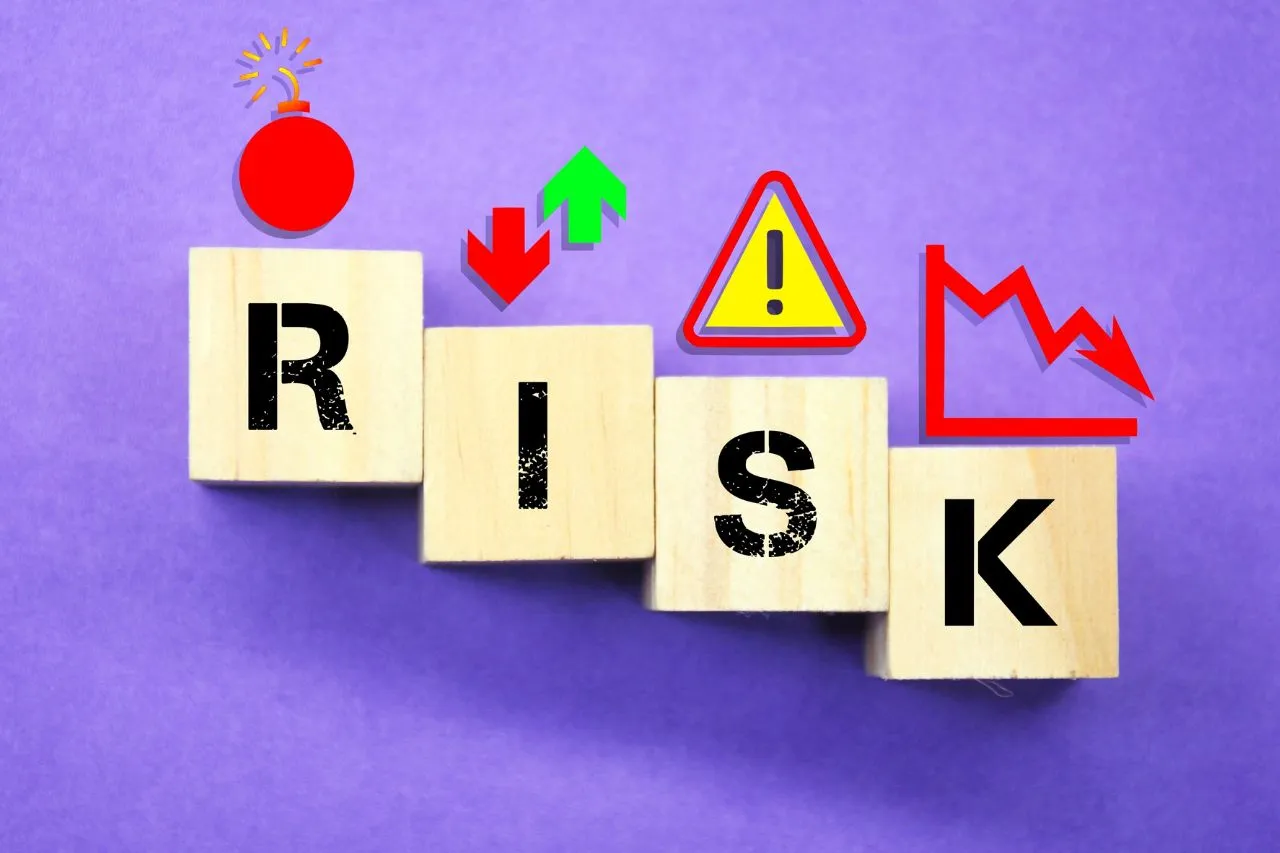
Dynamic risk assessments (DRAs) are the hidden heroes of health and safety. Risk assessments are a legal requirement for every business, but standard risk assessments may not be the most suitable fit depending on the nature of the work being performed. This is when a dynamic risk assessment should be performed.
You can listen to an audio version of this blog here:
Performing dynamic risk assessments is a core skill every employee should have. They promote quick thinking, analytical abilities and self-regulation and can be the only thing between your employees and severe harm.
What is a dynamic risk assessment?
A dynamic risk assessment (DRA) is the ongoing process of observing, monitoring and mitigating current and potential risks and hazards while a task is being performed, often in an unfamiliar or changing environment. DRAs allow employees to be acutely aware of their surroundings and aid them in quickly and safely identifying any potential risks or hazards and removing them.
DRAs are not a replacement for a standard risk assessment. They should complement formal risk assessments and be carried out where there could be unpredictable risks and hazards that may require quick assessment and removal.
Dynamic risk assessment vs standard risk assessment
The key difference between a dynamic risk assessment and a standard risk assessment is the timing.
Standard risk assessments are often planned ahead of time and occur at frequent intervals (for example, quarterly) to monitor and manage risk levels regularly. However, dynamic risk assessments occur in real-time. Because DRAs are used to assess and manage unpredictable risks and hazards in a volatile environment, any questions and procedures may not have been able to be pre-planned.
DRAs also have a degree of flexibility compared to standard risk assessments.
When to use a dynamic risk assessment
DRAs were first introduced to fire services, where a high-risk situation, such as a house fire, can change rapidly. However, they can be applied to any situation in any industry that could evolve.
Potential risks and hazards that can’t be prepared for are everywhere, including in seemingly innocuous locations.
A typical example of a dynamic risk assessment is for employees who conduct home visits, such as a tradesperson. Homes have many things in common, making creating a standard risk assessment and identifying and mitigating risks and hazards simpler. But each home is also unique, presenting an employee with many unpredictable risks and hazards. These could include pets, renovations or clients who are under the influence of drugs or alcohol. A dynamic risk assessment would allow the tradesperson to quickly analyse any present risks or hazards and decide how to proceed.
Other roles in which dynamic risk assessments could be required include:
- Law enforcement.
- Social services.
- Tradespeople.
- Healthcare workers.
- Security.
- Rescue workers.
- Public-facing roles.
How to conduct a dynamic risk assessment
1. Identify any risks or hazards
First, employees must know the difference between a hazard and a risk before entering a new or unpredictable environment. A hazard is something that has the potential to cause harm, but risk is something that is likely to cause harm.
In a volatile situation, employees must be constantly vigilant of any potential risks or hazards. Once they’ve identified one, they must assess it before interacting with it.
2. Assess the risk or hazards
After identifying a risk or hazard, the employee needs to ask themselves and answer a series of questions, including:
- Who would be affected by the risk or hazard, both directly and indirectly?
- How serious is the risk or hazard? How serious are the consequences?
- What is the likelihood of harm developing?
3. Consider how they can mitigate the hazard or remove the risk
Once all these questions have been answered, the employee has to decide what can be done to mitigate the risk or hazard or remove it entirely. It could be something as simple as moving a piece of furniture or something as complex as removing an uncontrolled pet dog from the situation.
For example, to stop something from falling onto the employee’s head and causing an injury, it could be removed and placed somewhere else, so it is no longer a hazard. Another example could be placing an intoxicated individual in a separate, secure area away from where the task is being carried out.
However, some risks and hazards can’t be easily removed or reduced.
4. Decide to proceed with the task or not
The last step of a dynamic risk assessment is deciding whether or not the employee is safe to continue with their task.
At this point, the employee has to decide whether or not they can safely complete their task to a satisfactory level. If so, the dynamic risk assessment can continue until it is, but if not, the task should be postponed or cancelled.
